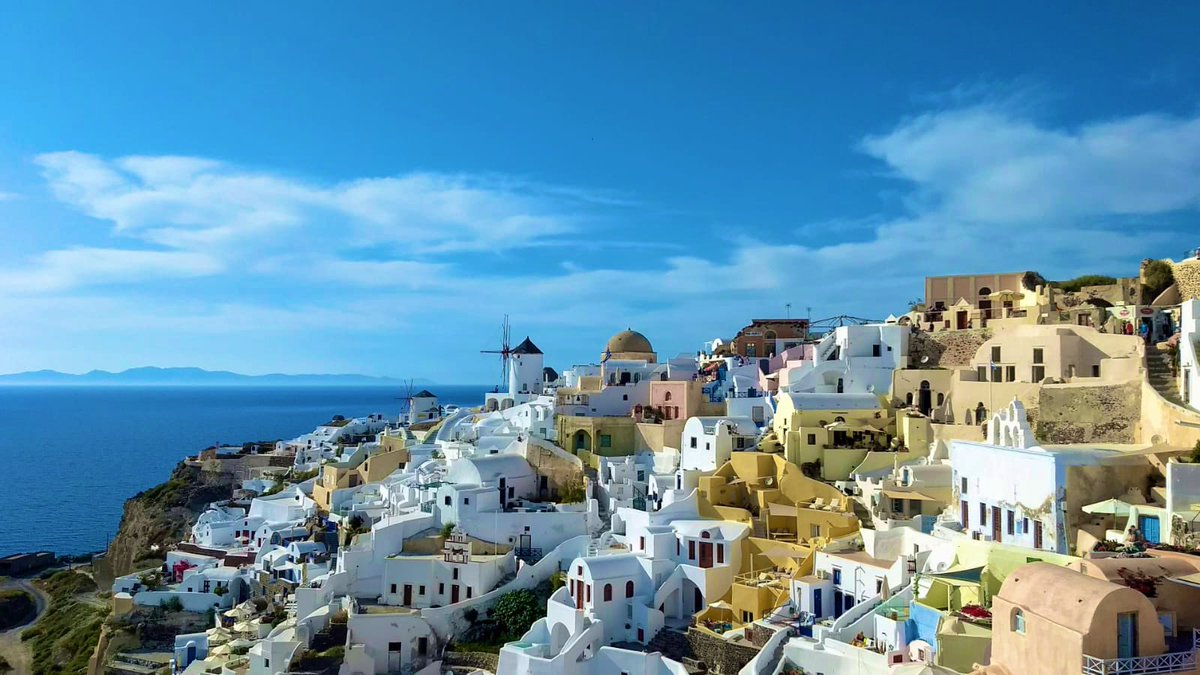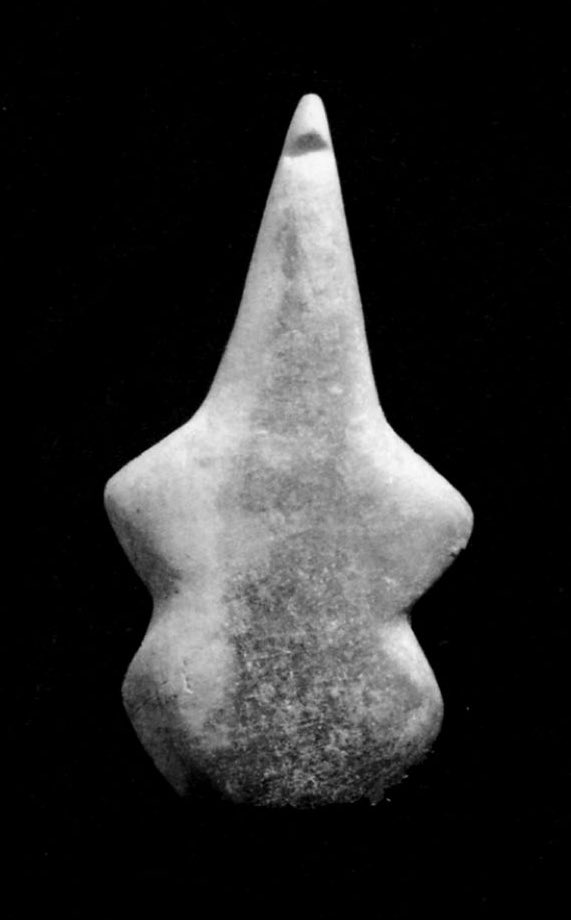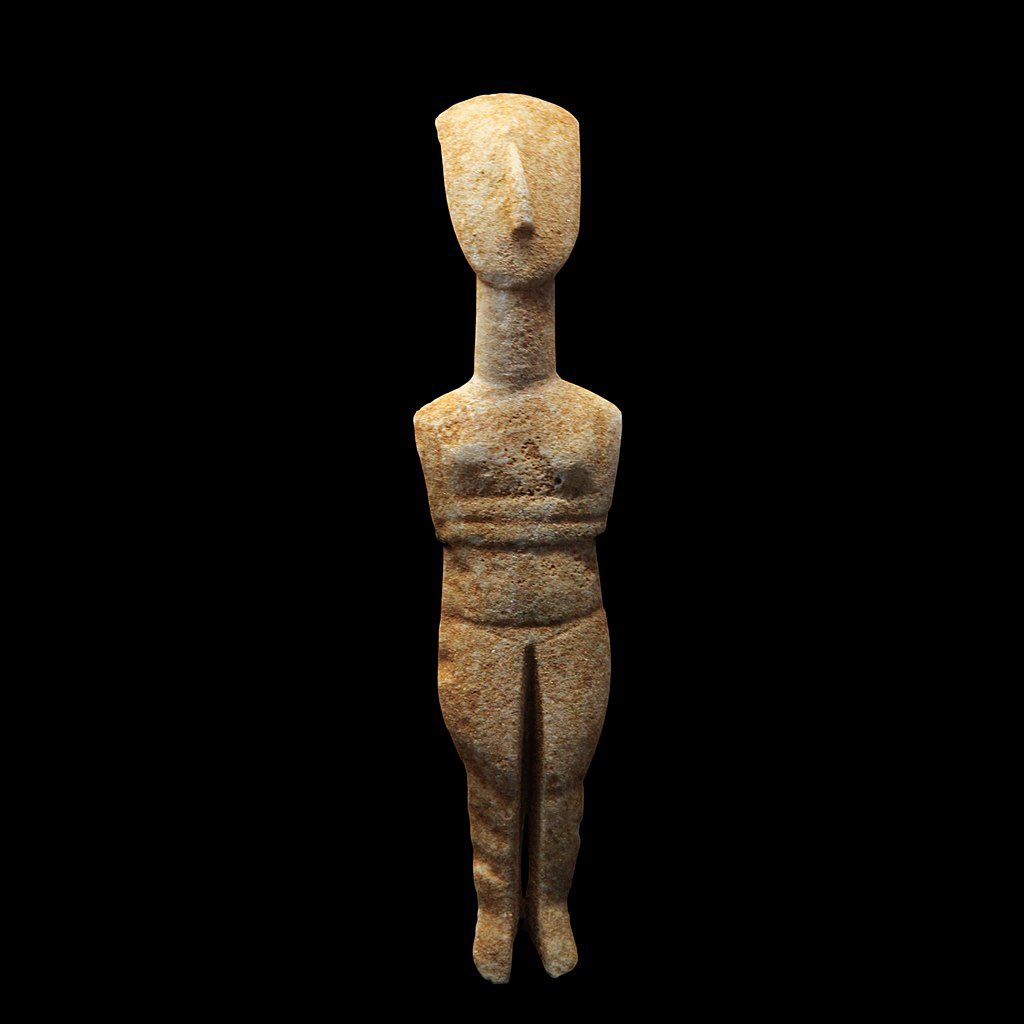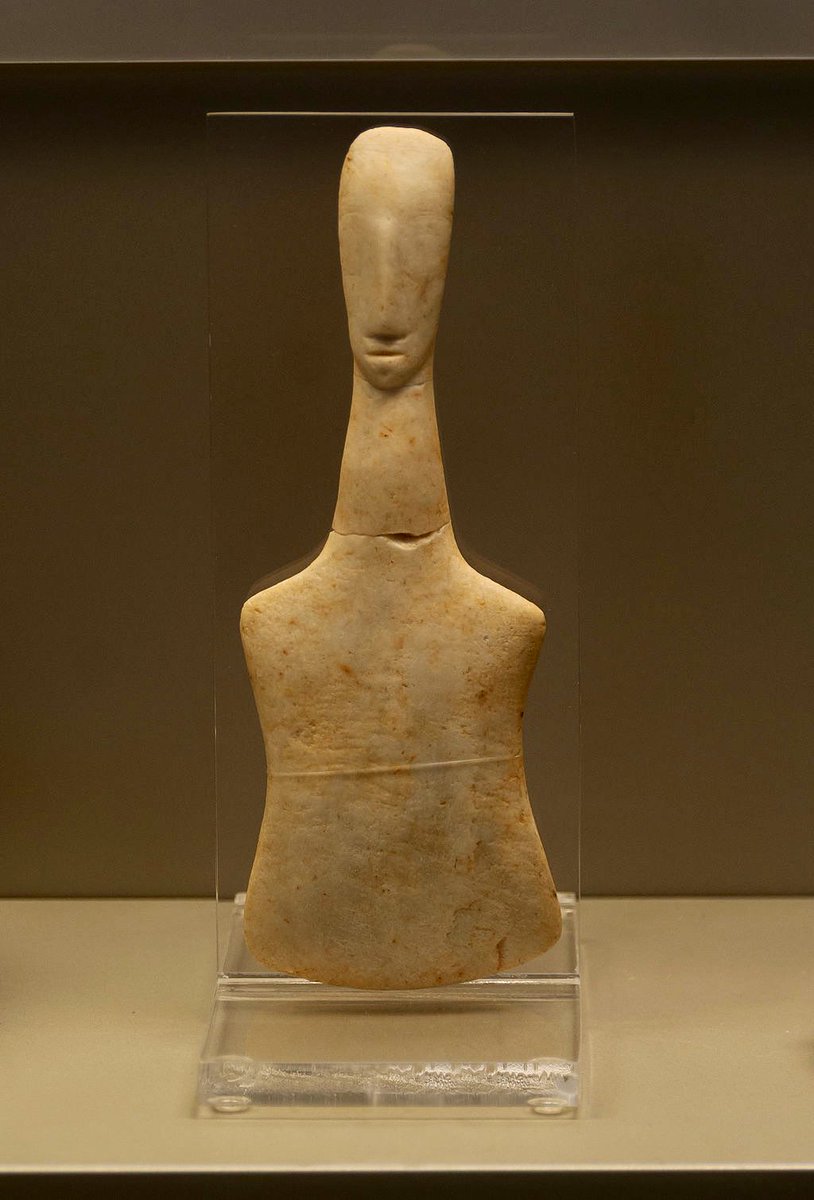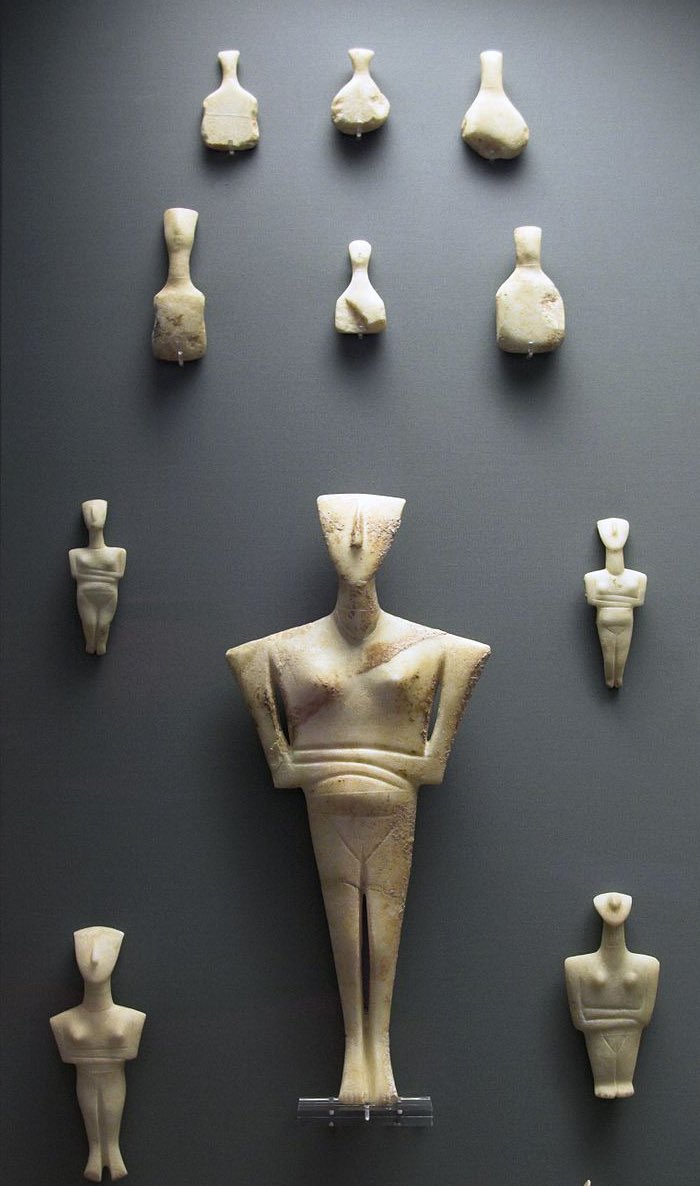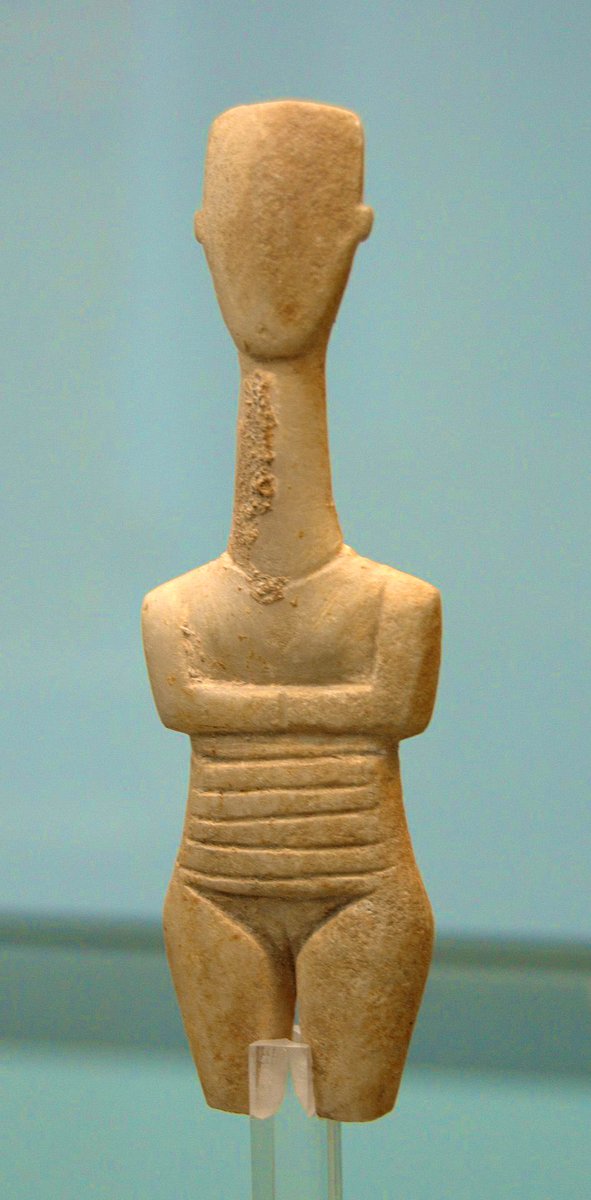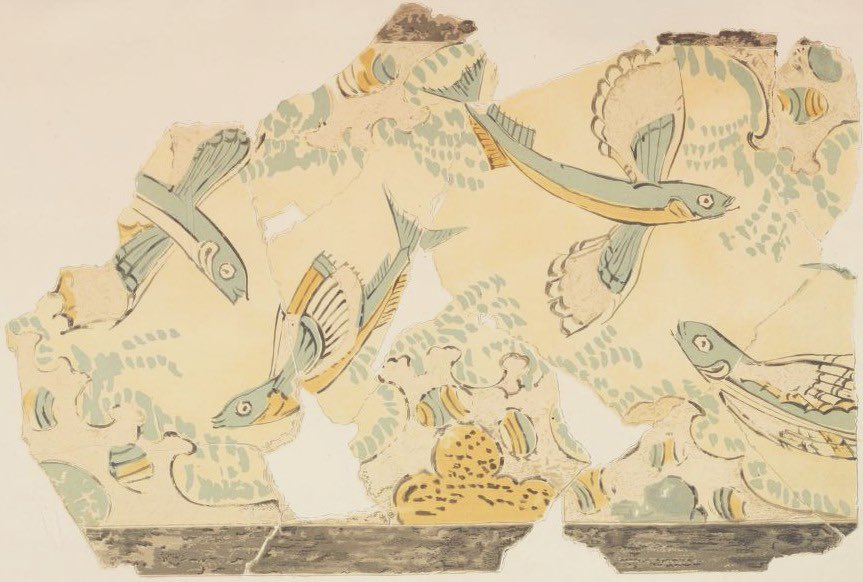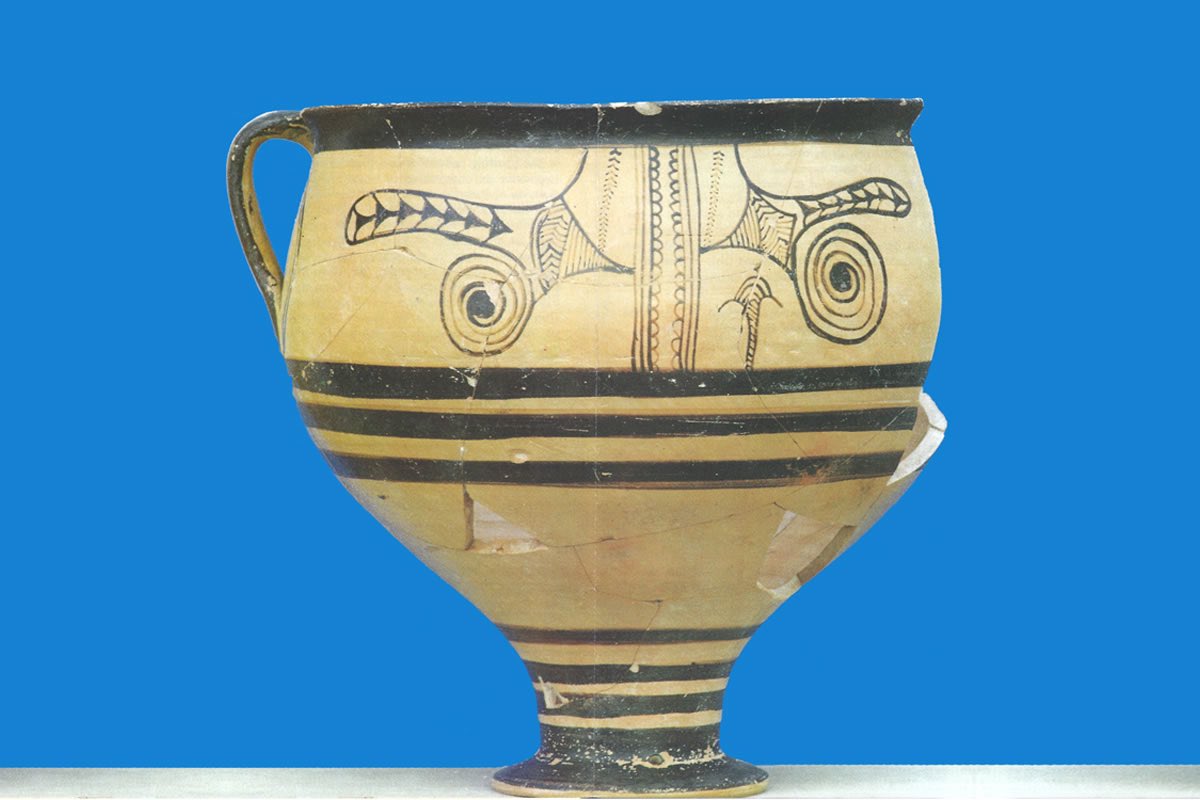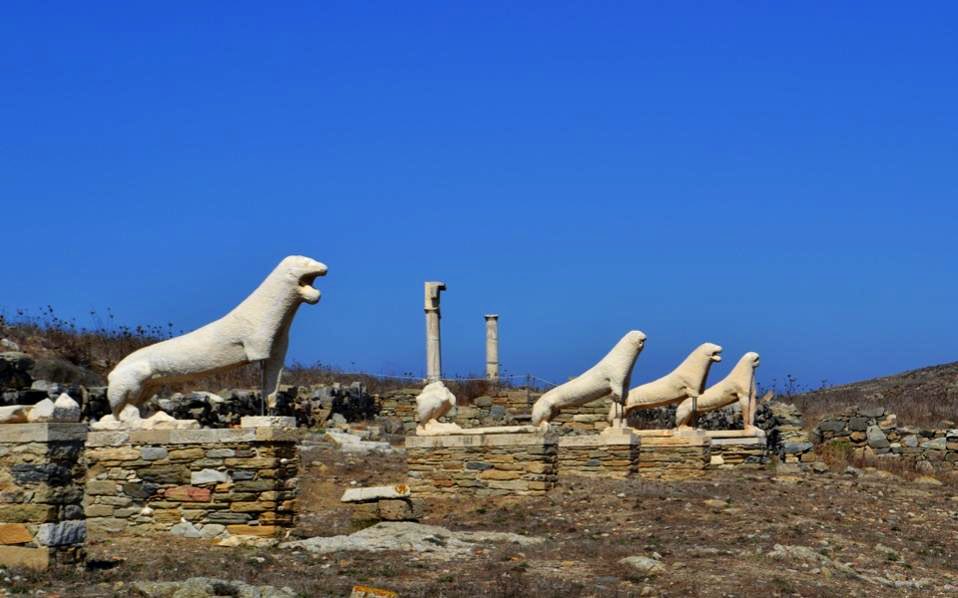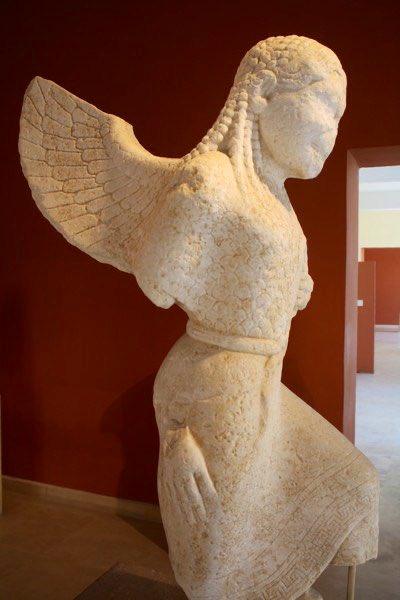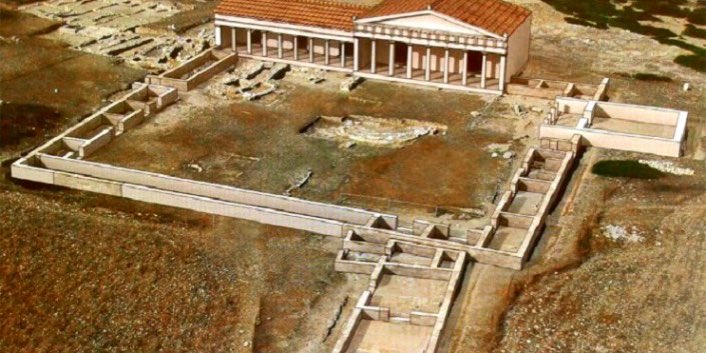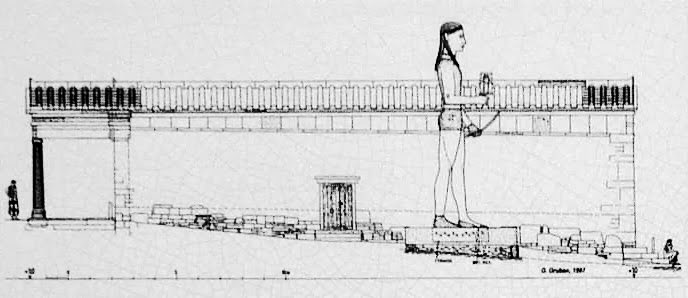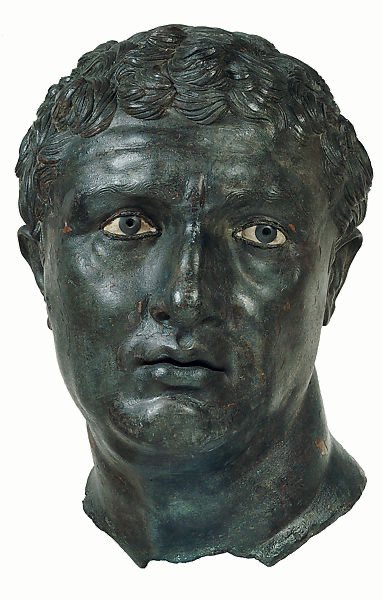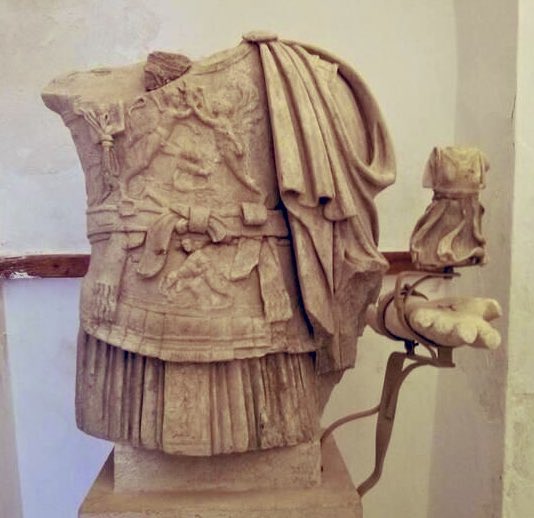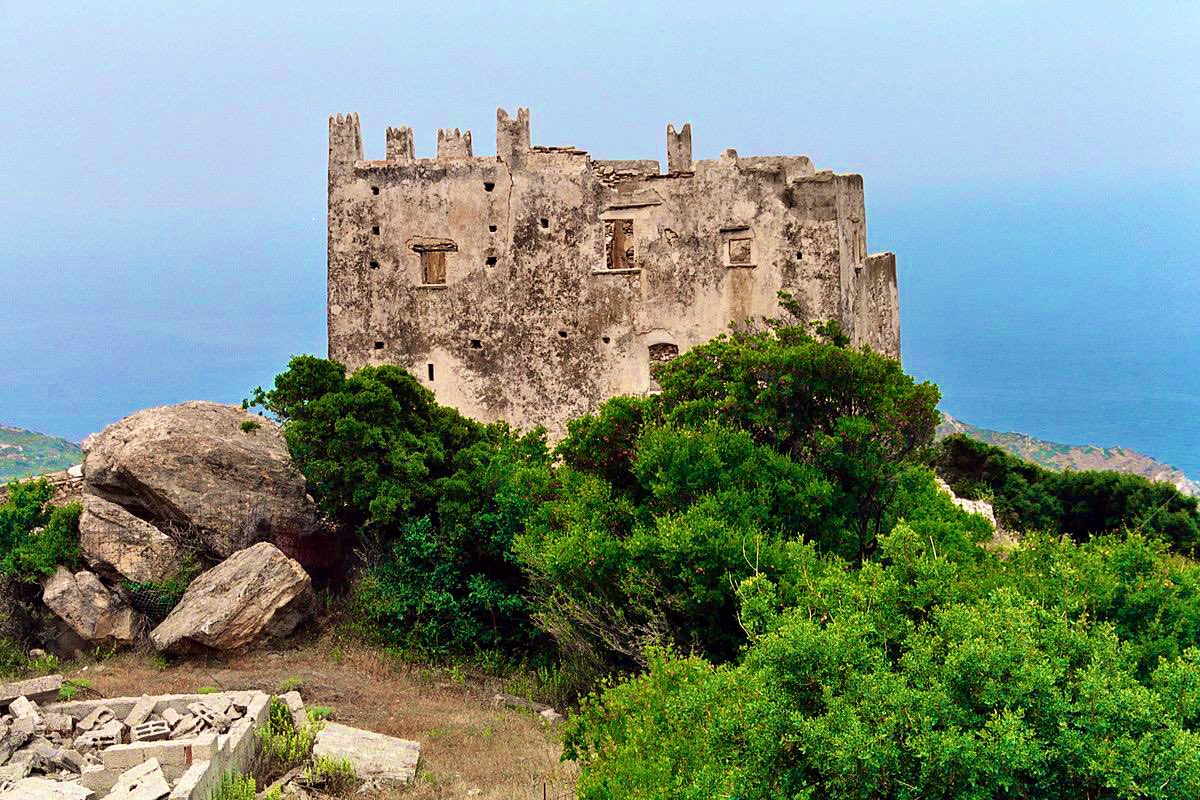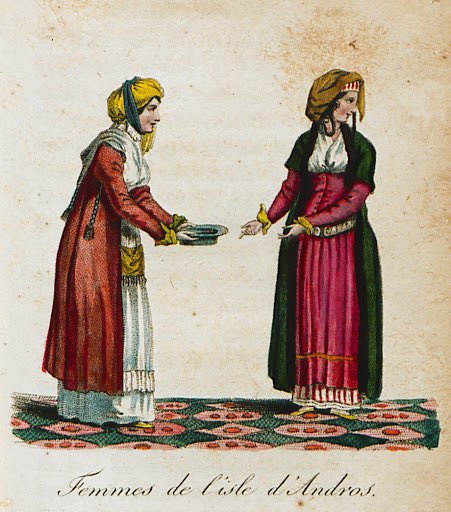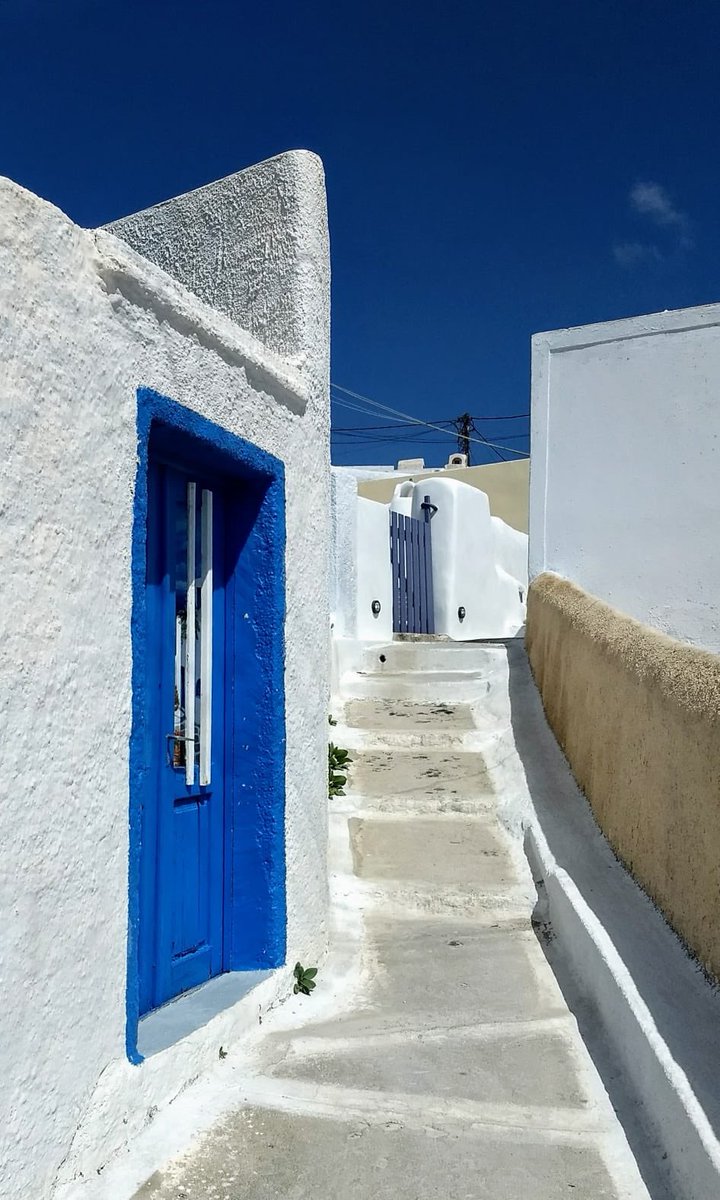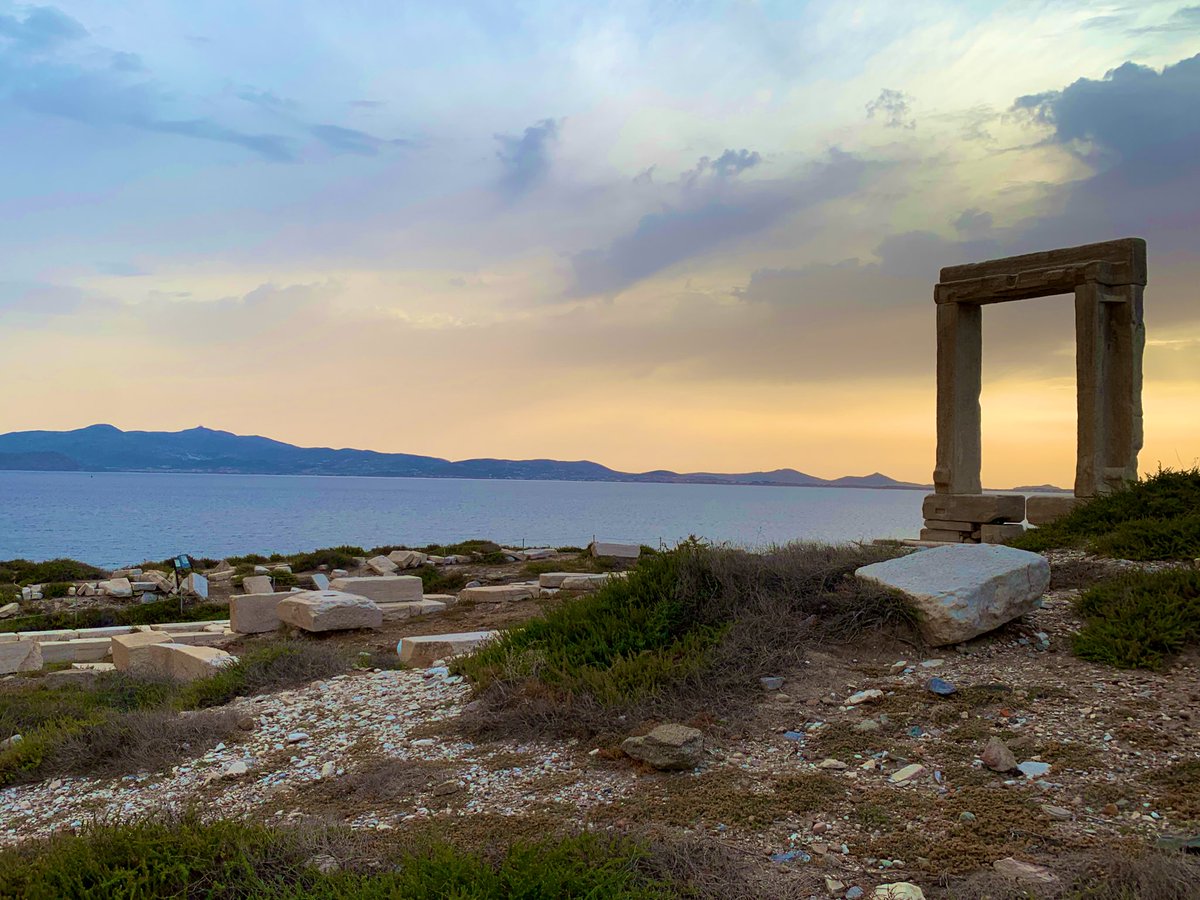How did we go from the marble figurines of prehistory to the familiar facades of Cycladic villages today?
It’s day 3 of @Tweetistorian on Naxos with @LevineRx, which means it’s time for a history of the Cyclades in 9 tweets!
.
.
#archaeology #ClassicsTwitter #greece #History
It’s day 3 of @Tweetistorian on Naxos with @LevineRx, which means it’s time for a history of the Cyclades in 9 tweets!
.
.
#archaeology #ClassicsTwitter #greece #History
But before we get started on the history of the #Cyclades, take a look yesterday’s thread on our fieldwork on the islands around Paros to catch up on some recent #archaeology! We’re back to work in July, so you can expect to see more SCIP very soon! ~el 2/ https://twitter.com/tweetistorian/status/1272932270870016003?s=21 https://twitter.com/tweetistorian/status/1272932270870016003
Let’s get started 6,000ya, it’s not the beginning (more tomorrow!) but the Neolithic marks the start of major occupation.
Inhabitants of islands like Saliagos—home to this beautiful violin figurine—profited from the obsidian, metal, marble & more found across the islands! ~el 3/
Inhabitants of islands like Saliagos—home to this beautiful violin figurine—profited from the obsidian, metal, marble & more found across the islands! ~el 3/
The Early Bronze Age saw the development of a recognizable Cycladic culture at a wide scale. Similar material culture is found across the islands & beyond. Individual islands developed their own idiosyncrasies, highlighted by the range of styles seen in Cycladic figurines! ~el 4/
External influence is clearly visible in the artifacts & architecture of the Middle & Late Bronze Age Cyclades. Sites like Phylakopi on Milos are closely connected with the Minoan culture & material from Koukounaries on Paros has been linked to the mainland Mycenaeans ~el 5/
The Cyclades peaked during the Archaic period, when it was all about building BIG!
Islands began founding colonies from Italy to the North Aegean, & the main players—Paros & Naxos—financed competing sanctuaries at Delos & Despotiko with temples, statues, & monuments ~el 6/
Islands began founding colonies from Italy to the North Aegean, & the main players—Paros & Naxos—financed competing sanctuaries at Delos & Despotiko with temples, statues, & monuments ~el 6/
After the Persian War, most of the Cyclades became members of the Delian League. Some flourished, but taxation led to periodic revolts & prompted the Peloponessian War.
The Hellenistic Period saw the islands under Macedonian control & a ‘League of the Islanders’ develops ~el 7/
The Hellenistic Period saw the islands under Macedonian control & a ‘League of the Islanders’ develops ~el 7/
The Roman Cyclades are often considered an imperial backwater, home to exiles & pirates. However, the archaeology paints a much livelier picture than our written sources! Delos is made a free port & key center of Aegean trade, & Roman sites are found across the islands! ~el 8/
The Byzantine period was marked by instability across the Cyclades. The Venetian admiral Marco Sanudo took control after the 4th Crusade & established the Duchy of the Archipelago.
The islands fell to the Ottomans in the 1530s+, but Venetian architecture still abounds! ~el 9/
The islands fell to the Ottomans in the 1530s+, but Venetian architecture still abounds! ~el 9/
The form of Ottoman rule varied across the islands, & some were treaded with autonomy. By 1835 & the Greek War of Independance, the islands were part of the new Greek state. Some—like Syros—became key ports in the Aegean, while others were quite isolated ~el 10/
The islands were the site of fierce fighting during the Second World War, but it’s aftermath sparked the Cyclades that we know today! Tourism took off in the 1950s, fundamentally shifting the economies of most islands from fishing & shepherding toward seasonal visitors ~el 11/

 Read on Twitter
Read on Twitter